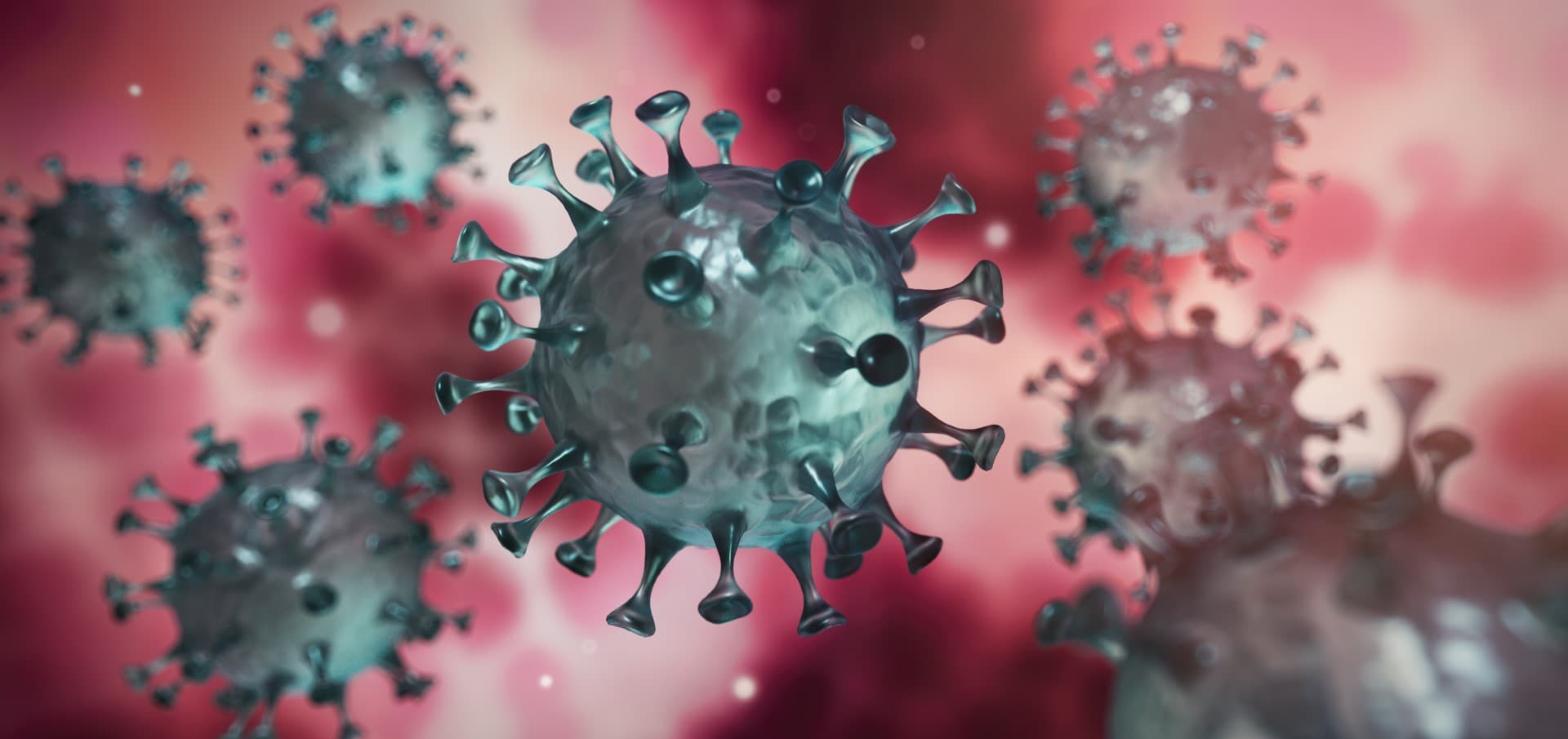
South Florida’s tri-county area has now recorded 241,285 COVID-19 cases, with the region crossing the 240,000-mark in Wednesday’s Department of Health report.
That report covers data from Tuesday morning through Wednesday morning.
Miami-Dade County saw a massive surge in new positive cases, recording more than 4,100 new cases in Wednesday’s report alone. That would be a new daily high, though Sen. Marco Rubio said the daily increase is inflated.
“Was informed that the jump in today’s [COVID-19] cases [and] positivity rate in [Miami-Dade] is due to a single lab dumping up to 2 1/2 weeks worth of test results in one release,” Rubio wrote on Twitter. “They say many of these positives are up to 10 to 18 days old.”
Those comments were echoed by Fred Piccolo, the spokesman for Gov. Ron DeSantis, who said some of the tests were even older.
“One lab (Niznik) dumped 46 days worth of COVID-19 test results from Miami/Broward/Palm Beach into today’s case count massively skewing results (w/over 3,000 positive results),” Piccolo wrote. “Another reason to look at date of infection/fatality rather than date the data was submitted.”
Such dumps have affected the day-to-day trend in the region or the state before. Wednesday’s report stands out especially because the number of new cases had been dropping significantly in the region.
Still, neither Broward nor Palm Beach counties saw a similar spike in new cases, meaning Niznik’s tests were likely mostly confined to Miami-Dade.
Those positive tests are no less valid in terms of assessing the overall scope of the virus’s effect in the region. However, without a similar trend in the ensuing days, they should not be used to indicate another resurgence of the virus in the region given the tests are days or weeks old.
Indeed, some bed space has actually opened up in Miami-Dade since Tuesday morning. The county showed around 86.6% of its adult intensive care unit (ICU) beds were full Tuesday. That number dropped one percentage point, to 85.6%, on Wednesday.
Broward remains at around 88% adult ICU capacity. That number is just 73.6% in Palm Beach County.
Another 47 deaths were recorded in the tri-county area Wednesday. That’s still a significant number, but represents a drop from one day prior, when the region recorded 74 new deaths.
The share of tests coming back positive continues to decrease in all three counties. Here are some of the weekly numbers for the previous three weeks throughout the South Florida tri-county area:
Miami-Dade
— July 22-28: 65 new hospitalizations per day, 16 deaths per day, 2,957 new confirmed cases per day, 18.5% positivity rate
— July 29-Aug. 4: 83 new hospitalizations per day, 46 deaths per day, 1,834 new confirmed cases per day, 15.6% positivity rate
— Aug. 5-11: 77 new hospitalizations per day, 23 deaths per day, 1,897 new confirmed cases per day, 14.3% positivity rate
Broward
— July 22-28: 43 new hospitalizations per day, 16 deaths per day, 1,317 new confirmed cases per day, 13.2% positivity rate
— July 29-Aug. 4: 45 new hospitalizations per day, 21 deaths per day, 918 new confirmed cases per day, 11.4% positivity rate
— Aug. 5-11: 83 new hospitalizations per day, 11 deaths per day, 704 new confirmed cases per day, 9.2% positivity rate
Palm Beach
— July 22-28: 26 new hospitalizations per day, 12 deaths per day, 663 new confirmed cases per day, 10.2% positivity rate
— July 29-Aug. 4: 24 new hospitalizations per day, 12 deaths per day, 439 new confirmed cases per day, 9.5% positivity rate
— Aug. 5-11: 27 new hospitalizations per day, 10 deaths per day, 373 new confirmed cases per day, 7.5% positivity rate
___
Editor’s note on methodology: The Florida Department of Health releases new data every morning around 10:45 a.m. The total number reported in those daily reports include the previous day’s totals as well as the most up to date data as of about 9:30 a.m.
Florida Politics uses the report-over-report increase to document the number of new cases each day because it represents the most up-to-date data available. Some of the more specific data, including positivity rates and demographics, considers a different data set that includes only cases reported the previous day.
This is important to note because the DOH report lists different daily totals than our methodology to show day-over-day trends. Their numbers do not include non-residents who tested positive in the state and they only include single-day data, therefore some data in the DOH report may appear lower than what we report.
Our methodology was established based on careful consideration among our editorial staff to capture both the most recent and accurate trends.
